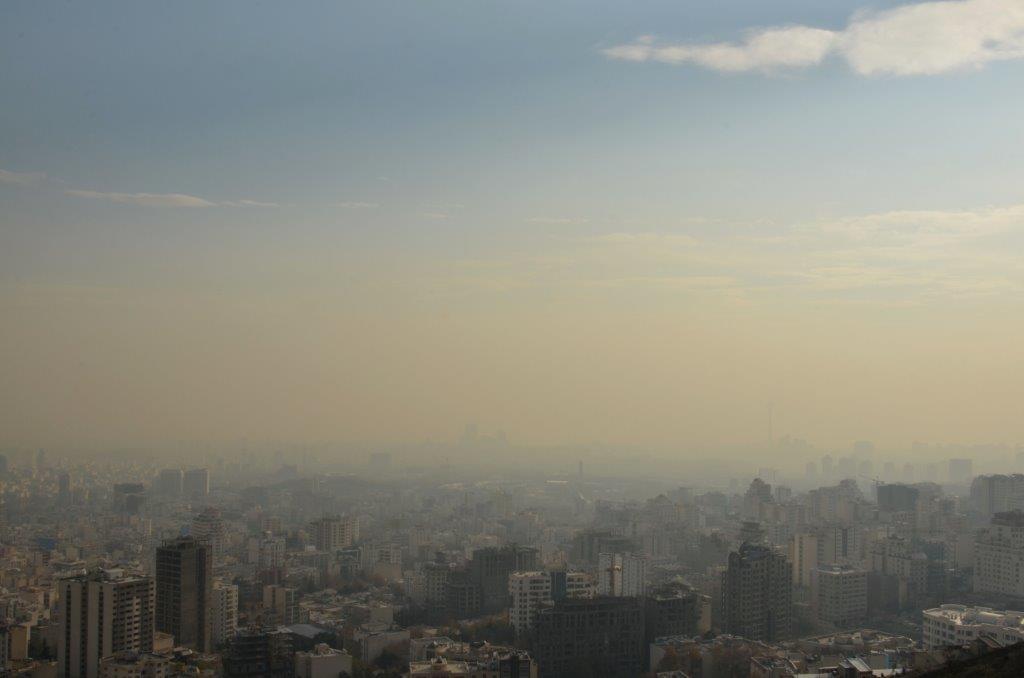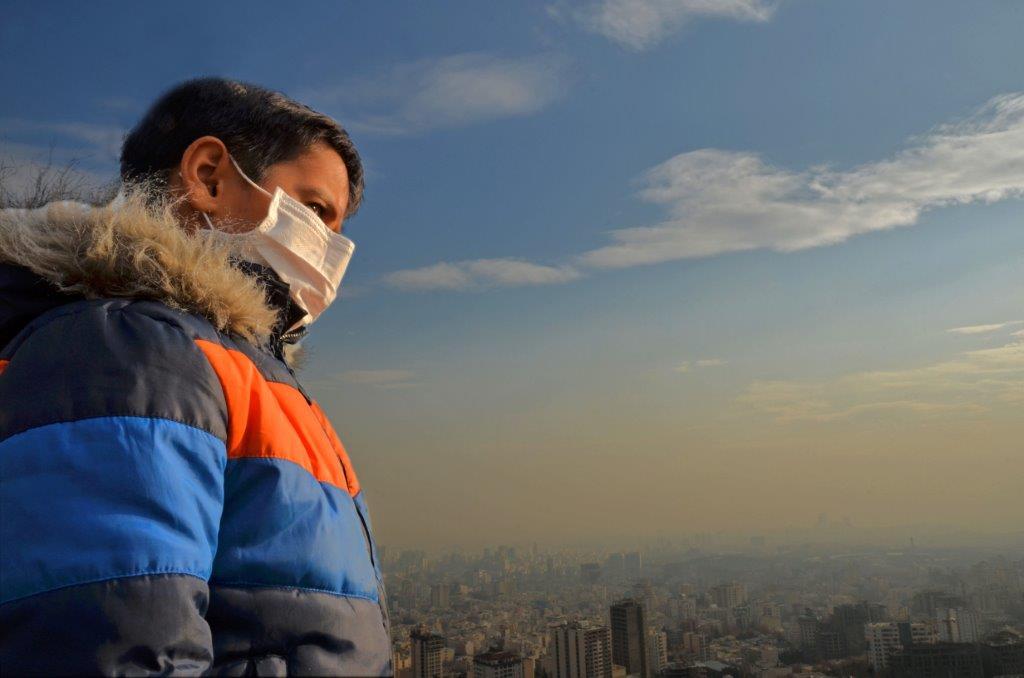
I already posted that I added an e-response on Air Pollution in Iran to the British Medical Journal
Much better than that, though, it has been selected for inclusion in the paper journal! So from today there’s a slightly different version at: http://www.bmj.com/content/348/bmj.g1586
It’s still anti-sanction. With some great u-tube links, including to: https://www.youtube.com/embed/nJKgufsEgl8. This has lots of the technical details, in a really easy to understand presentation.
When I was doing the (rapid) prep for the paper publication, I was trying to get some images – unfortunately not published. But Vahid Hosseini sent me some of the photos of Tehran he commissioned. Credit for these goes to Mrs. Nasim Khadivi Zand (the photographer) and Air Quality Control Co. of Tehran.
Anyone who’s been to Tehran knows about the pollution. The problems are from the industrial zone ‘before’ Tehran (meteorologically speaking), as well as the pollution caused in the city. Then the beautiful mountains trap all the bad air – under an ‘inversion zone’: as shown in the pics here. It’s really important, though, to remember how much worse it used to be. It’s easy to be dismissive of Iranian officialdom. But Dr Hosseini explained how much had been done in Tehran. I was very impressed.

Carbon monoxide levels are apparently no longer a problem. Lead has been eliminated from gasoline. And sulphur levels dropping from a frightening 8000 parts per million (ppm) to less than 200 ppm (they are aiming at <10).
Sanctions are, unsurprisingly, making further improvement difficult – as I’ve summarised in the published letter. Dr Hosseini made two other points that I thought were especially important.
First, some of the ‘improvements’ mean that smaller particles are being produced. While this makes everything look less ‘dirty’, it may actually produce more long term lung problems. The smaller particles can go deeper down into the lungs – potentially damaging the most important parts: the bits where the real oxygen-transfer function of the lungs takes place. This is especially important for children, whose lungs are growing.
In response, Tehran council is setting standards for those smaller particles too. But the sanctions mean they can’t even import the calibration gases needed for their monitoring programme. At the recent Iran Heritage Foundation conference, there was talk of donkeys smuggling these high technology gases over the mountain borders.
I have a feeling, though, that Dr Hosseini and his team are going to keep on working – and driving improvements in the air of Tehran.
an update on air pollution. My BMJ letter got published in the paper edition! That’s much more difficult than getting an e-response in – so I’m really pleased! The post here has some pics of the vile inversion layers which pollute the beautiful city of Tehran; and more info on what officials in Tehran are doing to try and help.